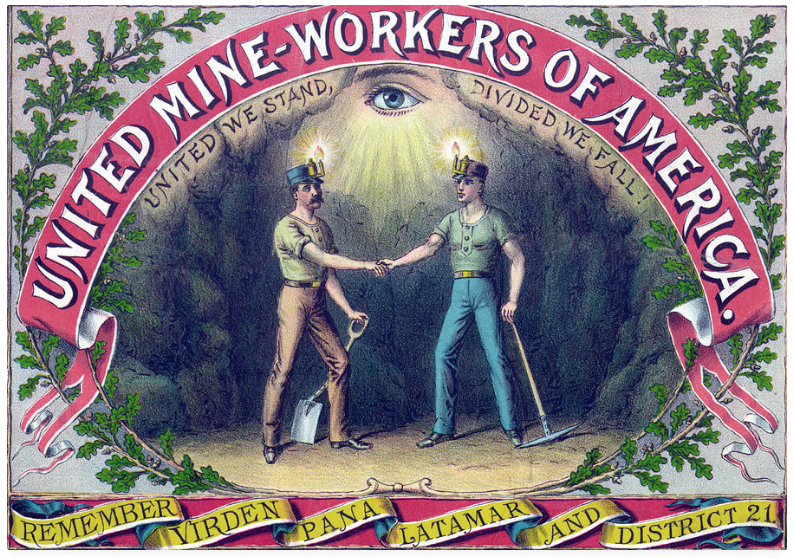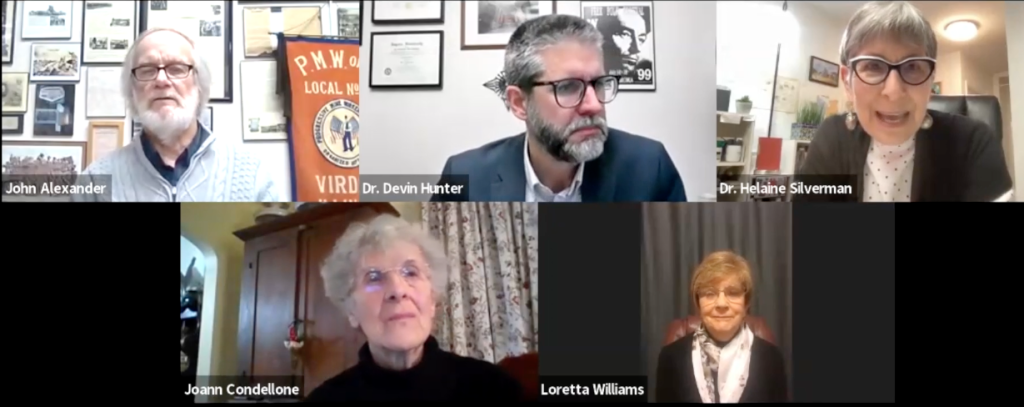The Battle of Virden narrated by Virden historian, John Alexander, during the Miners Day commemoration at Union Miners Cemetery, in Mt. Olive, on October 8, 2023:

WATCH OUR BATTLE OF VIRDEN WEBINAR (recorded December 7, 2023) https://uofi.box.com/s/3nimt4patpoz9n37nw2t3scz7rneguy4



